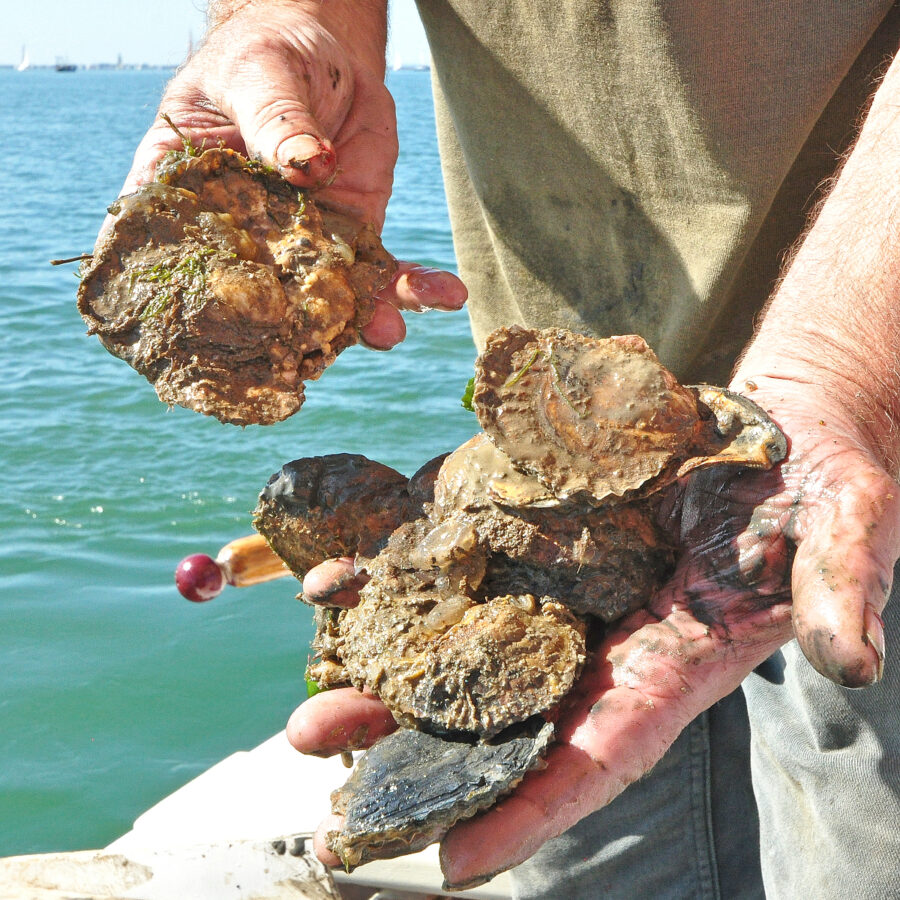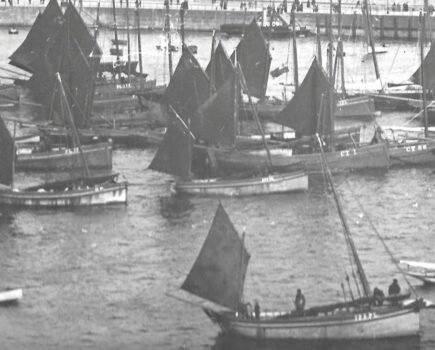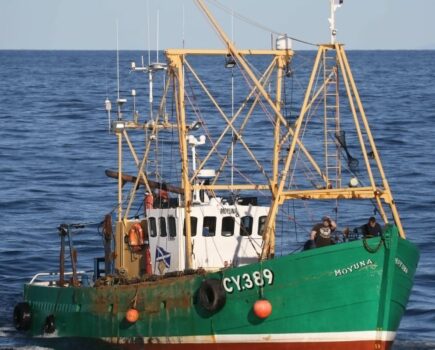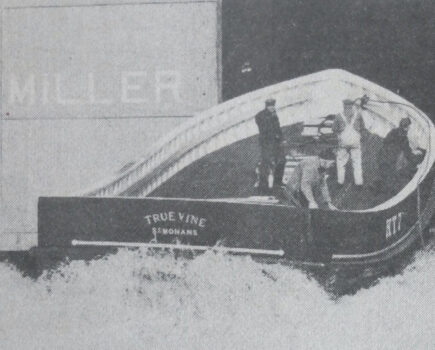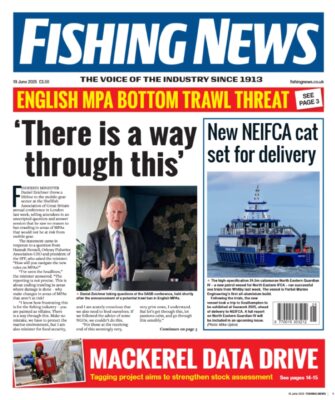Essex oysters were once all about Ostrea edulis, the native flat oyster found in huge quantities in the creeks of that serrated coast where the water quality and nutrient levels were just right, reports John Worrall
Above: Gracie found millpond conditions to begin with…
Historically, oysters were cheap food, their consumption traced back to Roman times and, by the 18th and 19th centuries, they were nutrition for the masses: the Victorians put them in pies or sold them on street corners.
A huge industry grew up around oysters – of 22.9 million oysters (2,250t) landed in the UK in 1914, 89% were from Essex and Kent – and the technology for collecting them developed, reaching its final sail-powered refinement with the smacks – the surviving examples of which are so beloved of wooden boat enthusiasts today. Using wind, tide and manoeuvrability, they dredged the creeks and coastal waters right into the 20th century until they were usurped, in working terms at least, by engine power.
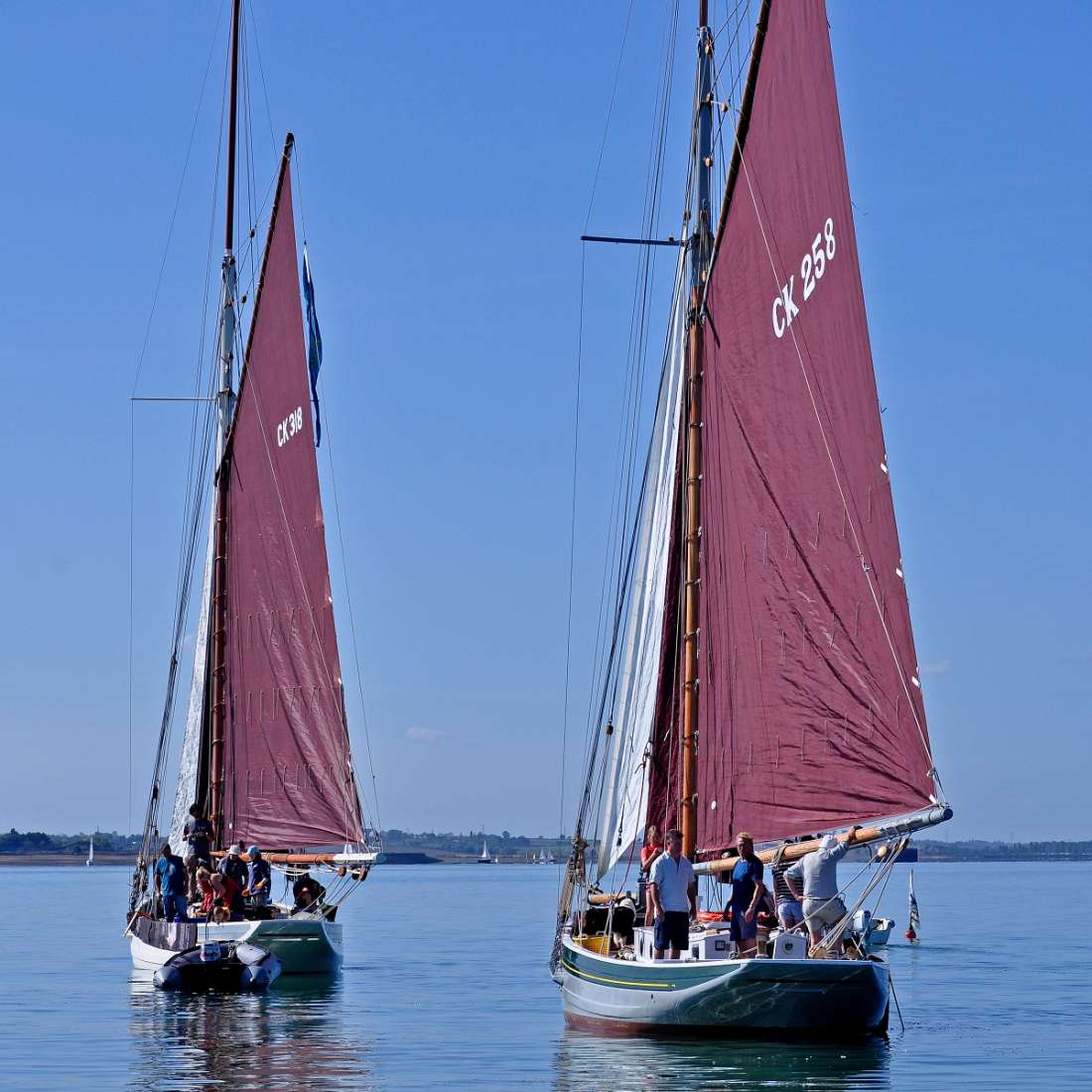
… and so did Alberta CK 318 (1884), left, and Charlotte Ellen CK 218 (1906).
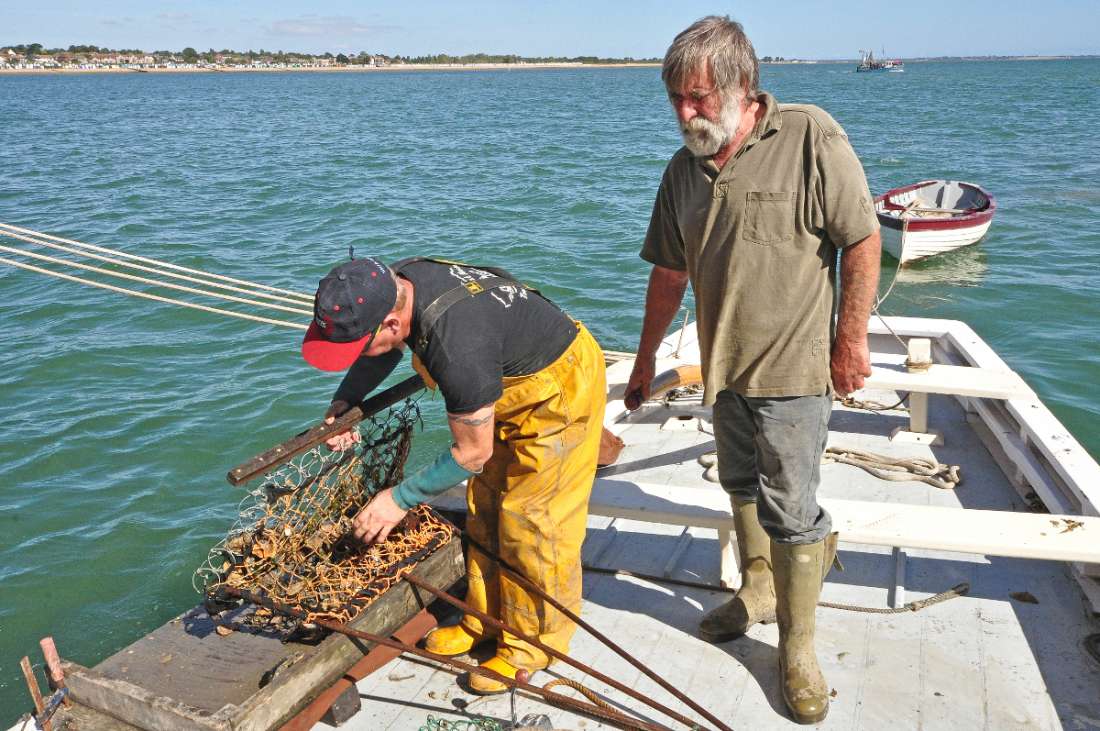
On Gracie, Pinky watched Daniel examine the dredge…
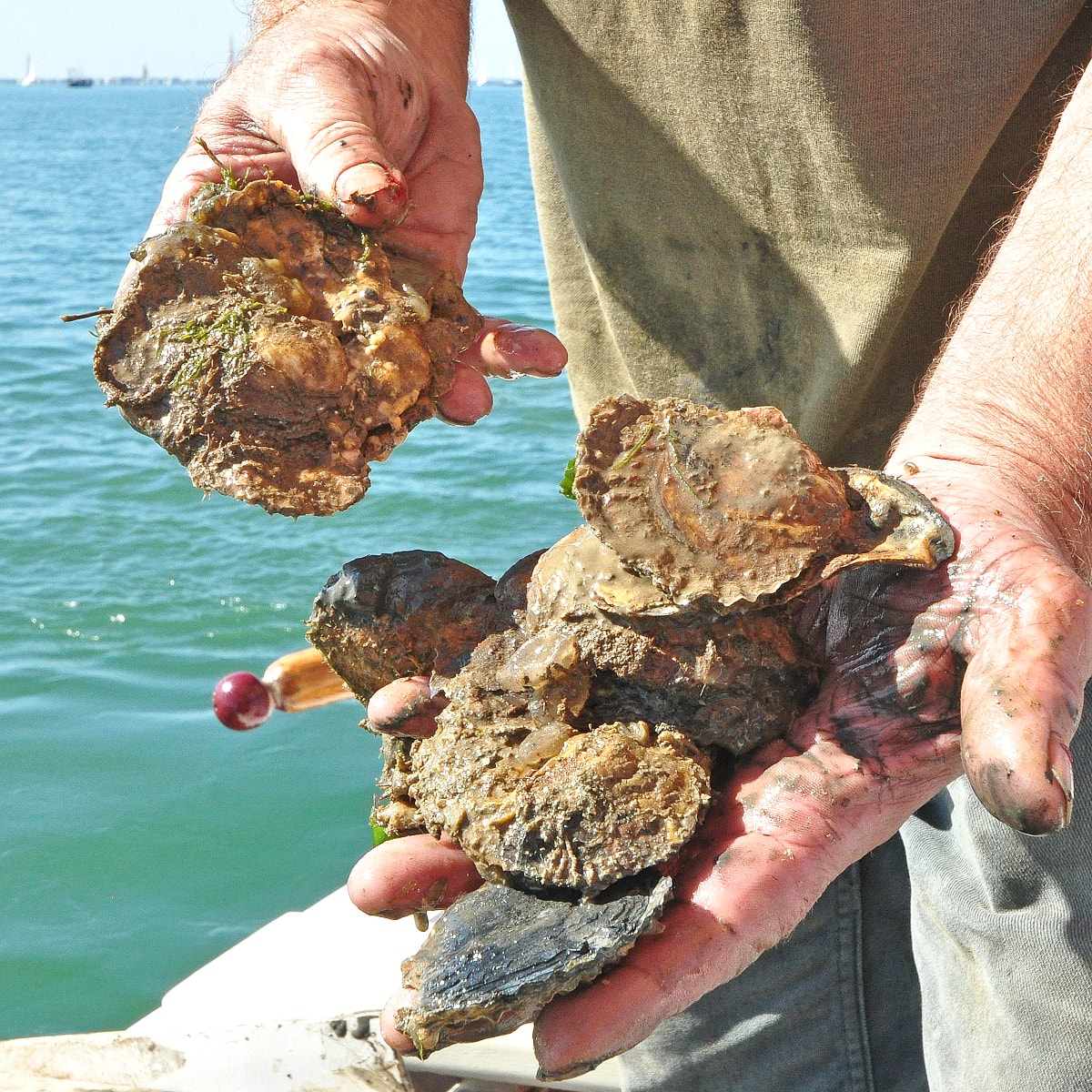
…some natives were found.
But the 20th century brought hard times for edulis, in the form of the Bonamia ostreae parasite which appeared in the 1960s, at about the time of the legendary winter of 1962-1963 which, some reckon, weakened the stock and rendered it more susceptible to something which may already have been out there. Either way, Bonamia tended to kill the oyster as it reached maturity, in a process still not fully understood although a similar phenomenon sometimes occurs with different parasites in other shellfish.
For a long time thereafter, edulis was commercially nonviable and the industry turned to the Pacific oyster, Crassostrea gigas which is not affected by Bonamia and which, though cultivated mainly on frames, has now gone widely feral around the creeks. But edulis never went away completely and, with much nurturing – not least through the efforts of the Essex Native Oyster Restoration Initiative (NORI) – is making a comeback.
Neither did the smacks go away. Dating mostly from the 19th century, and works of art all of them, three or four dozen are reckoned still to be berthed in Essex, (perhaps twice as many again are scattered around the UK and Europe), and some of them took to racing to keep themselves alive.
Except that for some owners, simple racing wasn’t enough and, back in the 1990s, they decided on an annual event to revive and preserve the old skill of fishing under sail. In its first year, it was a trawling competition but, thereafter, it became the Mersea Oyster-Dredging Match.
The prime mover back then was traditional sailing smack enthusiast Charles Harker, later assisted by oysterman William Baker, who has himself now run the event for a decade or so. The aim these days is to promote the local commercial oyster fisheries and businesses, and engage the local community, celebrity chefs, shellfish industry representatives, and shellfish policy makers.

